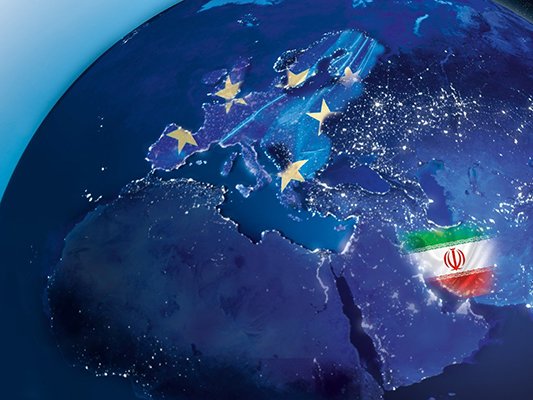In a Saturday post on his Instagram, Hemmati said the channel will act as a monetary treaty between Iran and Europe.
“The details of the payment channel between Iran and Europe were discussed during a last week meeting [attended by two sides’ representatives] in Brussels,” he added.
According to the governor, the channel is based on a common understanding that the Iranian and European firms and businessmen are interested in maintaining their trade ties despite the US decision to unilaterally withdraw from the Iran nuclear deal.
“To this end, the two sides decided to set up a special payment channel to remove any possible obstacles in the way of their transactions. The channel provides Iranian and European exporters with a chance to receive their foreign exchange revenues,” he said.
According to the governor, the two sides underline the need to establish the financial mechanism operational as soon as possible. “The details of the mechanism will be finalized and released in the near future.”
The channel was presented first by Europe during the United Nations General Assembly ministerial meeting in New York in September.
The idea of setting up the channel was raised after US President Donald Trump in May pulled his country out of the JCPOA. He also re-imposed the first series of US sanctions on Iran in August and is set to devise a new wave of economic sanctions aimed at pushing Iran’s oil exports down to zero by November.
Following the ministerial meeting in September in New York, Iran and the remaining signatories of the Iran nuclear deal welcomed an EU initiative to establish a Special Purpose Vehicle (SPV) to facilitate payments related to Iran’s exports (including oil) and imports.
